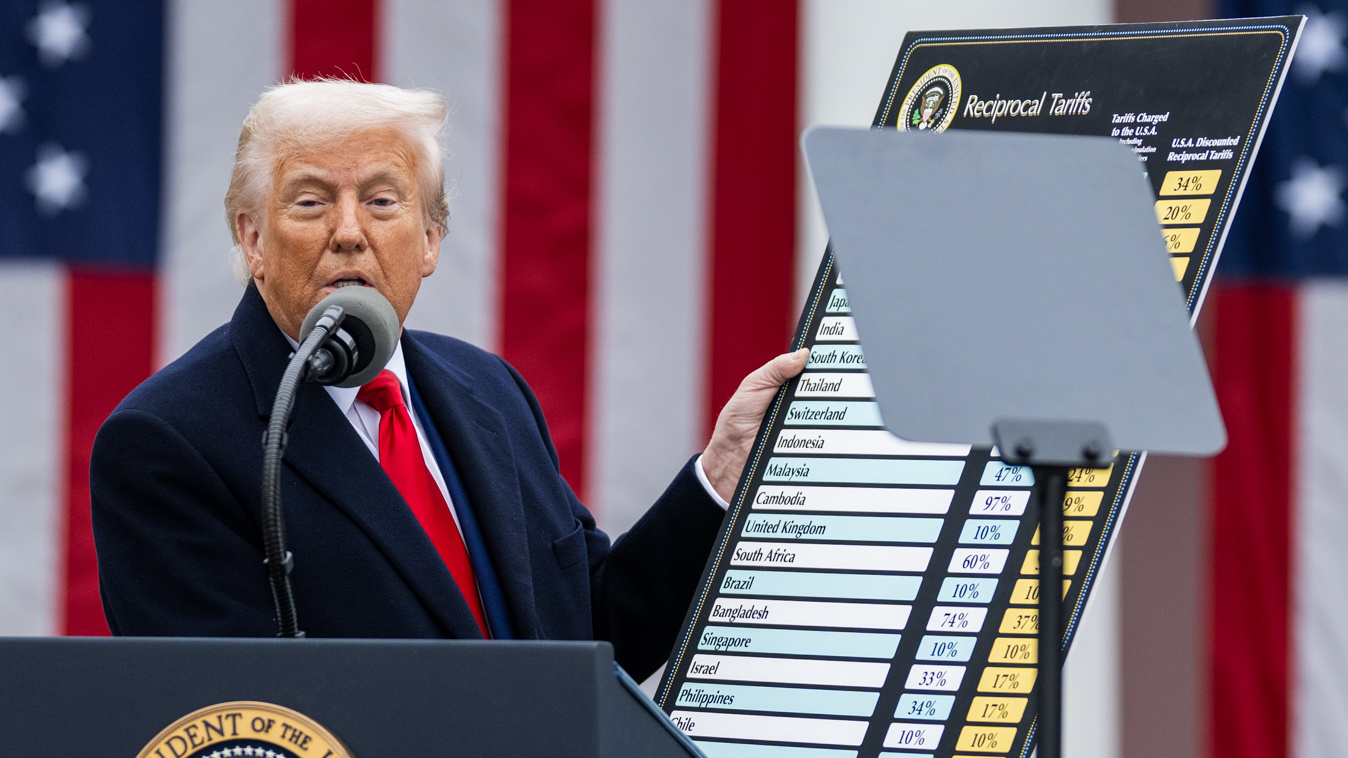- New monthly index tracks currency misalignment based on latest market rates
- Dollar is 11.5% overvalued
- Japanese yen 29.4% undervalued
- Chinese yuan 19.8% undervalued
- CMM is a partnership between the Coalition for a Prosperous America (CPA) and the Blue Collar Dollar Institute (BCDI).
Uncertainty about the state of the world economy has dominated foreign exchange markets so far this year. In February, robust job growth and spending figures for the U.S. economy led international investors to expect further increases in U.S. interest rates, and money flowed into dollar assets, pushing the dollar up slightly. Then in March, the financial world was rocked by an alarming series of bank failures. International investors reacted by buying dollar-based assets, pushing the dollar up once again. The rise in the dollar was modest, as the greenback had already risen considerably in the previous eighteen months.
Our Currency Misalignment Monitor (CMM) shows dollar overvaluation edged up slightly to 11.5% overvalued in Table 1 below, which is based on monthly data from February.
Table 1. Currency valuations from the Currency Misalignment Monitor, April 2023
| Currency Misalignment Monitor, April 2023 | |||||
| Currency | Over or Under | % Over/Under valuation (1) | Latest rate | FEER-consistent dollar rate (2) | |
| US | Dollar | Overvalued | -11.5% | 1.00 | 1.00 |
| China | Yuan | Undervalued | 19.8% | 6.84 | 5.70 |
| Japan | Yen | Undervalued | 29.4% | 133 | 103 |
| Korea | Won | Undervalued | 20.7% | 1278 | 1058 |
| Eurozone | Euro | Undervalued | 16.7% | 1.07 | 1.25 |
| UK | Pound | Overvalued | -0.1% | 1.21 | 1.21 |
| Mexico | Peso | Overvalued | -4.5% | 18.6 | 19.5 |
| Canada | C$ | Undervalued | 1.9% | 1.34 | 1.32 |
| India | Rupee | Undervalued | 5.2% | 82.6 | 78.5 |
| Brazil | Real | Overvalued | -8.3% | 5.17 | 5.64 |
| Notes: 1. % Over/Undervaluation is for U.S. dollar’s Real Effective Exchange Rate as compared to the basket of currencies. For all other currencies, over/undervaluation refers to bilateral relationship to the dollar. Negative (red) figures indicate overvaluation, black indicates undervaluation. | |||||
| 2. FEER-consistent rate shows bilateral dollar exchange rate after each currency has moved to its Fundamental Equilibrium Exchange Rate. | |||||
| 3. Pound and Euro rates are expressed as dollars per those currencies. All others are currency per dollar. | |||||
Note that the CMM is based on a mathematical model in which 34 major currencies all move simultaneously to bring global current accounts into balance over a five-year time horizon. If the dollar had to move on its own, the dollar would need to move by approximately twice as much, or around 25%, to achieve fair value for the U.S. economy, i.e. a value that eliminated the current account deficit. The current account deficit is dominated by the trade deficit, but also includes some other flows into and out of the U.S. Last month, the federal government reported that the U.S. current account deficit in 2022 was $943.8 billion.
The CMM model shows how much each major currency is overvalued or undervalued. Large Asian nations that manage their currency have seen their undervaluation grow in the latest month. The Chinese yuan is now 19.8% undervalued, while the Korean won is 20.7% undervalued. Both nations run large trade surpluses with the world and with the U.S. Japan saw its undervaluation expand by six percentage points to 29.4%. The euro rose somewhat in the month but remains 16.7% undervalued.
The bilateral figures for undervaluation against the dollar for the Chinese, Korean, Japanese and Eurozone currencies are a better guide to the competitive disadvantage of U.S. producers than the dollar figure which is against a basket of all major currencies. The hugely overvalued dollar continues to be a problem for U.S. manufacturers and farmers, who face foreign competitors benefiting from the price advantage of weaker currencies.
On March 9th, the financial world was rocked by the news that Silicon Valley Bank was suffering a massive outflow of deposits. In subsequent days, SVB failed and was taken over by the federal government. Next, another mid-sized bank, Signature, failed and shut its doors. Next, Credit Suisse, one of the world’s largest banks with over $500 billion in assets (down from $700 billion two years earlier) announced it was in trouble. On March 19th, Switzerland’s largest bank, UBS, announced it would take over Credit Suisse in what it called an “emergency rescue.” UBS added that the merger will create a megabank with $3.4 trillion in assets in its wealth management division alone. Worries about financial instability and further bank failures continue to plague the international financial system.
Ironically, bank failures in two nations that are usually seen as “safe haven” nations, the U.S. and Switzerland, have somewhat held back the current rush into dollars and Swiss francs. Financial analysts see a strong possibility that these currencies will rise further once we are past the banking crisis. The failure of Credit Suisse has a downward effect on the euro as well as the Swiss franc, despite the fact that Switzerland is not part of the Eurozone or the European Union. Credit Suisse shared many characteristics with the leading German bank, Deutsche Bank. Like Credit Suisse, Deutsche tried unsuccessfully to turn itself into a buccaneering American-style trading house and investment bank, and then retreated from that strategy. According to Bloomberg News, speculative selling of Deutsche Bank bonds last week put downward pressure on many bank stocks and increased investor nerves yet again.
The problem for U.S. producers is that large speculative moves in currencies give the dollar an excessively high value and each new crisis seems to provide a fresh reason for the dollar to ratchet ever-higher.

METHODOLOGY
The Currency Misalignment Monitor is based on pioneering work done by William Cline at the Peterson Institute for International Economics. The Cline model, also known as SMIM for Symmetric Matrix Inversion Method, uses IMF forecasts for current account balances for 34 nations to derive a simultaneous solution for all exchange rates that will minimize national current account balances, including surpluses and deficits. The CMM uses this methodology. However, the Cline version sets a target of plus or minus 3% of GDP for each nation’s current account. We believe this is too flexible for a properly functioning global trading system. Our model sets a target of 0% current account balance for each nation. Most nations do not achieve 0% in year five, but the model seeks to get them as close to zero as possible and in so doing gives us a realistic sense of each currency’s over or undervaluation.
Note also that this methodology is dependent on IMF forecasts, which currently run from 2022 data out to 2027. The IMF has a history of optimism, including for example expectations that the U.S. current account deficit and the China surplus will both contract over time. If those forecasts turn out to be over-optimistic, then the misalignment estimates in the Monitor could well be understated. Nevertheless the Cline SMIM model is an innovative method for incorporating a large amount of global data into a single model.
The Currency Misalignment Monitor (CMM) is published in partnership between the Coalition for a Prosperous America (CPA) and the Blue Collar Dollar Institute (BCDI).












